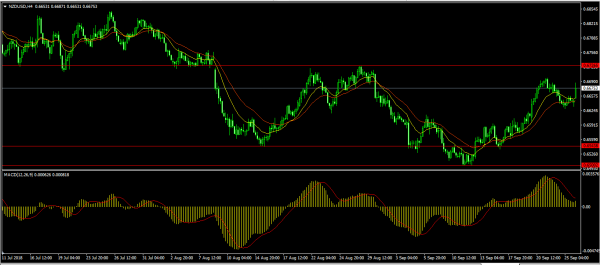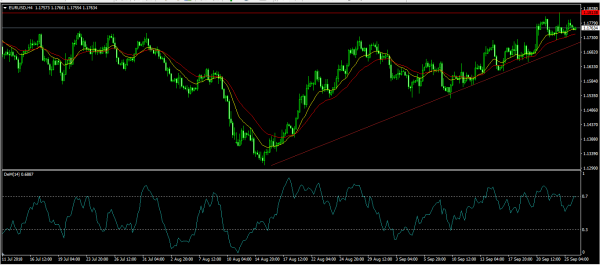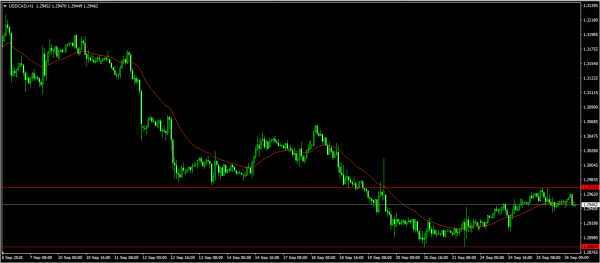The Canadian dollar rose slightly against the greenback after US trade representative Robert Lighthizer said that he was ready to move on without Canada. A NAFTA deal without Canada will be a big blow to the free trade that exists in North America. The main issue at hand is regarding the heavy milk tariffs Canada has on all imports. Experts believe that the Canadian Prime Minister, Justin Trudeau, will not accept an agreement to provide the US with increased access to the Canadian dairy market. The supply management system currently in place aims to protect farmers by limiting dairy production in Canada and putting quotas on imports.
The US dollar is little moved ahead of today’s interest rates decision by the Federal Reserve. The Fed is expected to implement the third rate hike this year. Most importantly, traders will be looking at the forward guidance for the December meeting. While the economy is strong, experts fear that more rate hikes could lead to a yield curve inversion.
The New Zealand dollar rose in the Asian session even after disappointing trade data. In August, exports fell to N$4.05 billion from July’s N$5.34 billion. Imports were unchanged at N$5.54 billion. This widened the deficit to more than N$1.4 billion. This data came a day before the Reserve Bank of New Zealand is expected to release its interest rate decision. Traders expect the bank to leave interest rates unchanged but they will closely watch out for the accompanying statement.
NZD/USD
The NZD/USD pair reached a double bottom this month when it hit a low of 0.6500. It then started moving up and today, it reached a high of 0.6688. The current price is above the 28 and 14-day EMA while the MACD is heading downwards. If the upward momentum continues, it will test the important support of 0.6720.
EUR/USD
In September, the EUR/USD pair has moved from 1.1600 and reached a monthly high of 1.1813. This week, the pair has been mostly unchanged as traders wait for the statement from the Fed. As shown below, this has led to a convergence in price which is an indication that a breakout will happen shortly after the interest rates decision. A dovish Fed will take the pair to the 1.1900 resistance while a hawkish Fed will take it to the 1.1500 support.
USD/CAD
Over the past week, the USD/CAD pair has been in consolidation mode as traders waited for the deadline on the NAFTA negotiations and the Fed’s decision. During that time, the pair has traded between the support and resistance levels of 1.2885 and 1.2970. This consolidation is an indication that a breakout in the upward or downward direction will be likely. This will probably happen today after the Fed’s decision.















